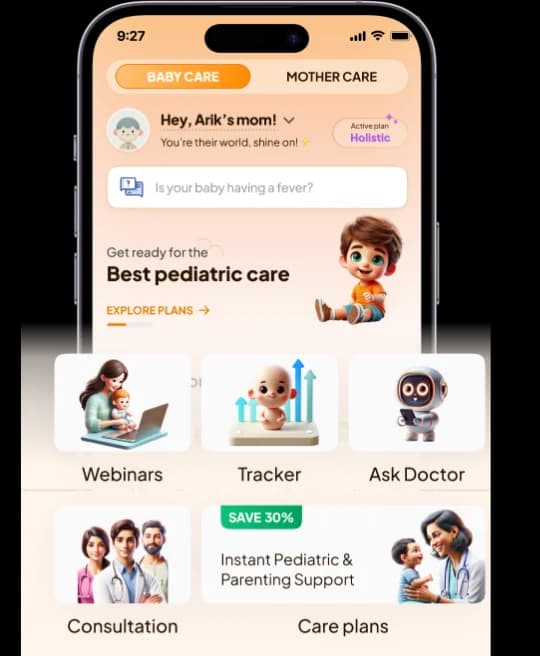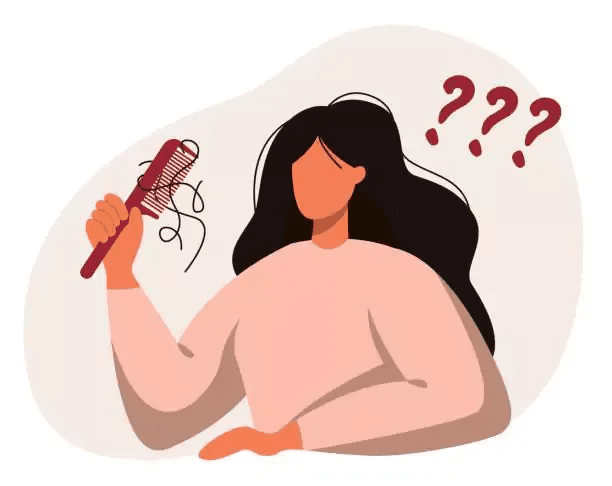
Are you a new mother experiencing emotional highs and lows, frequent crying, exhaustion, and shame? You may be suffering from postpartum depression, a mood disorder that affects up to 15% of new mothers. While it’s natural to experience the “baby blues” after giving birth, postpartum depression can be severe and long-lasting. But don’t worry, it’s treatable. Read on to learn more about this medical condition and how to deal with it.
What Is Postpartum Depression (PPD)?
Postpartum depression is a medical disorder that affects up to one in seven new mothers after giving birth, causing symptoms such as hopelessness, moodswings, numbness, and sadness.
Depression vs. Postpartum Depression
Postpartum depression is different from other types of depression because:
- It’s caused by a combination of factors including hormone fluctuations, mood changes, and hereditary predisposition.
- It occurs specifically after the birth of a child.
- Women with a history of depression or mental illness are more likely to suffer from postpartum depression.
Postpartum depression vs. “baby blues.”
Here are some key differences between postpartum depression and the “baby blues”:
- The baby blues typically resolve within a few days or weeks, while postpartum depression can last up to a year after giving birth.
- Postpartum depression is more severe than the baby blues, with symptoms that include anxiety, irritability, feelings of hopelessness or inadequacy, and difficulty bonding with the baby.
- Postpartum depression is more likely to persist beyond the first few weeks after delivery, potentially causing both physical and mental health issues for the mother.
- While the baby blues can often be relieved through rest, self-care, and support from loved ones, postpartum depression usually requires professional counseling or therapy to overcome.
Risk Factors and Causes of PPD
Postpartum depression has not been linked to any identifiable cause too far.






